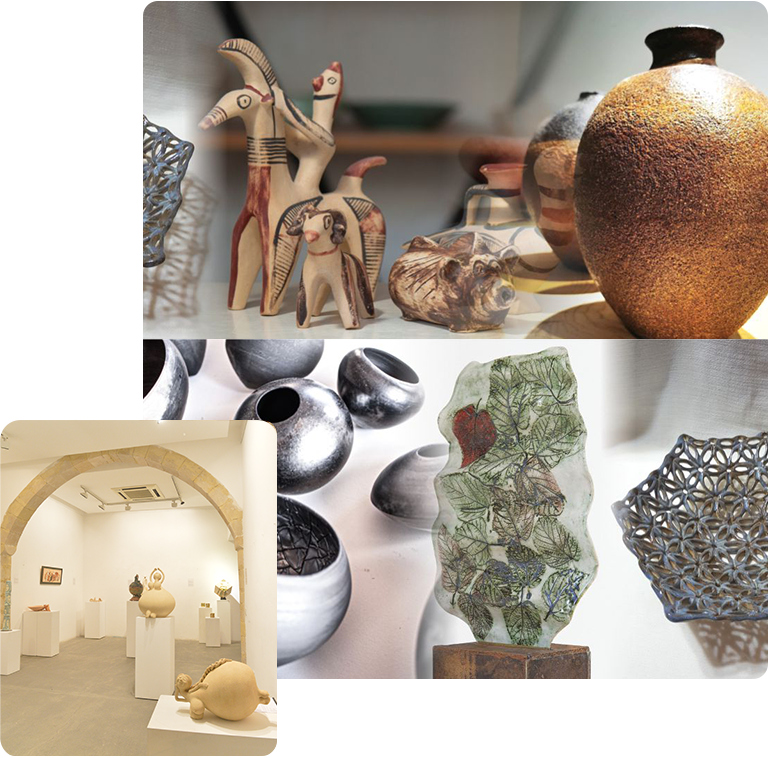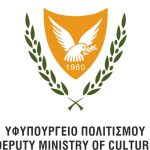About Us
The “Potters – Ceramists Association” was established in Limassol in 1984 in order to cultivate the solidarity and cooperation between its members and to exhibit, promote, and develop the work of the Potters – Ceramists in Cyprus and abroad.
To achieve these goals, the association organizes events, festivals, exhibitions, educational training programs, and different experiential workshops in collaboration with renowned ceramists, educational institutions, other associations, and unions from Cyprus as well as from abroad.
History of Pottery in Cyprus
The history of pottery in Cyprus begins with the stone Preceramic Neolithic pottery according to the reclassification of prehistoric dates of the Cypriot culture.
In all historical periods, namely the Neolithic, the early Bronze Age, the Bronze Age, the geometric and the medieval period, there are thousands of diverse objects of Cypriot pottery.
Today rural centers of traditional pottery like Fini, Kornos, Agios Dimitris and Kaminaria still make pottery the same way as thousands of years ago, without big changes.
In addition to the above rural centers before 1974, there were organized pottery workshops in the areas of Kyrenia, Famagusta, and other smaller areas.


The workshops in the area of Kerynia mainly created glazed ceramics for everyday use and high-quality souvenirs. The production was made in small family units, mainly from the same family members. They used mainly electric and wood ovens. The wheels and other tools were made by them. They also prepared the clay and glaze with colors and minerals from the foothills of the Pentadaktylos mountain range. It is understood that the construction and the decoration of the ceramics were made by hand. All the materials that they used were of low temperatures (earthware). Furthermore, they made different pots, jars, and cooking utensils from terracotta.
In the area of Famagusta, there were many workshops both in the city and the villages. They made large vessels for everyday use such as jars, pots, tiles, jugs, cooking utensils, and some decorative vases. Here also they made the clay by themselves, taking soil from the plain of Mesaoria. They had large ovens and baked at 900-940 Celsius, using wood. Workshops like these but fewer in number existed in Nicosia and other areas.
Left Photo: Christos Charalambous, Famagusta
Right Photo: Costas Anatolitis, Kerynia
At the Technical School of Famagusta in the 1960s the first secondary education class of Pottery was set up and this led to the birth of modern pottery in Cyprus.
After the Turkish Invasion in July 1974, all these potters who consequently became refugees moved to the south of the island. Some of them became active again creating new workshops, while others left the profession. Many young people went abroad to study pottery and when they came back to Cyprus they opened their own workshops. They brought new ideas and innovating techniques with them, developing a new perspective in ceramic art from a purely artistic point of view.
With tourism gaining great importance on the island, the number of workshops increased with a large percentage of vessels being absorbed by the tourism industry. Some of the workshops have started to export small quantities, mainly to Europe. Today there are about 40 ceramic workshops, most of which are small units employing one to two people. There are very few large workshops that employ more than two people and are family enterprises. Also today there is an increased interest in ceramic art with several workshops offering ceramic lessons.

Our Newsletter
Sign up for our News letter to make sure to get informed about our latest news and activities.





